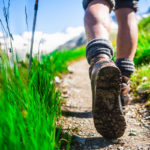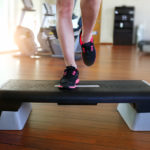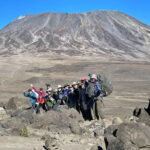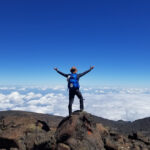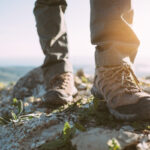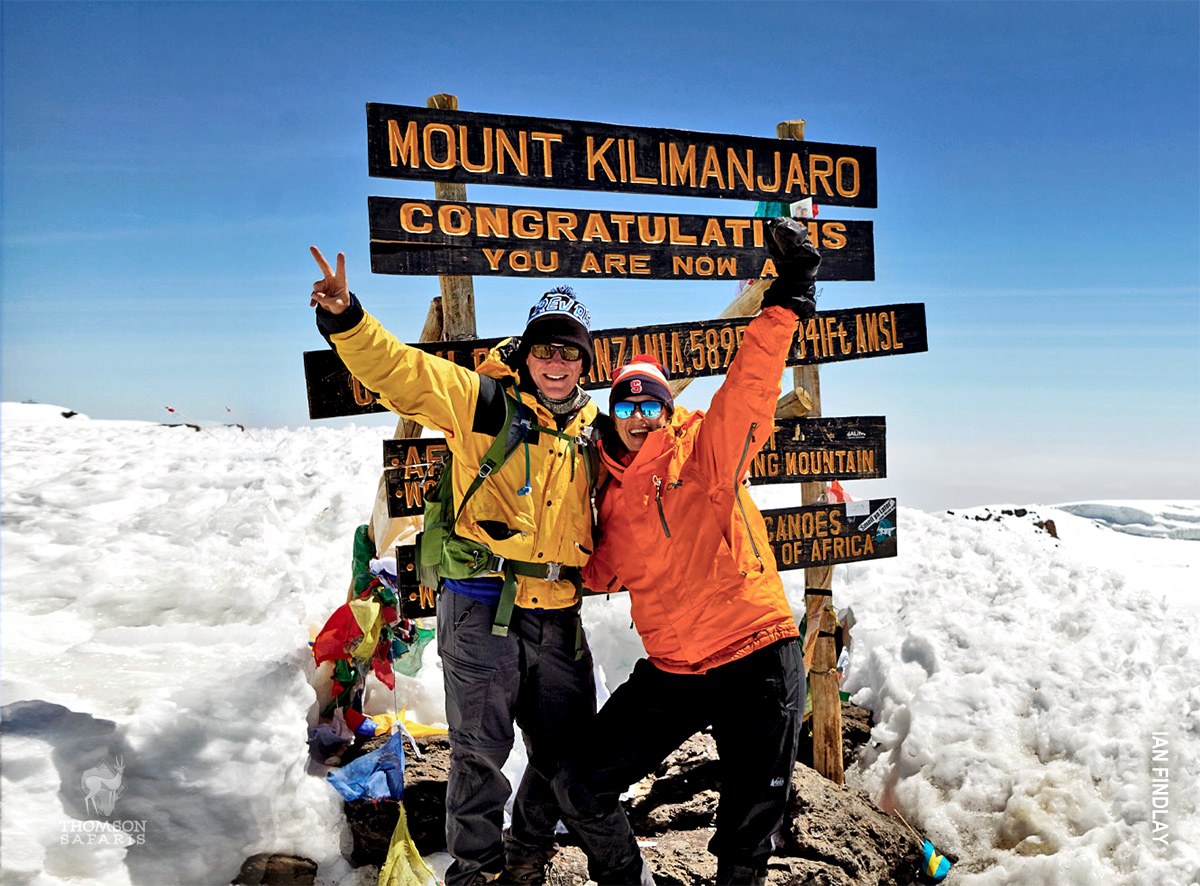
Muscle and willpower will take you far on a Mt. Kilimanjaro trek. But a good plan? That’ll get you the rest of the way!
In fact, the most critical decisions you make in your quest to Uhuru Peak occur long before you take your first step.
Here are 10 things you need to get right before your trek to maximize your chances of success on Kilimanjaro.
Choosing the Right Route
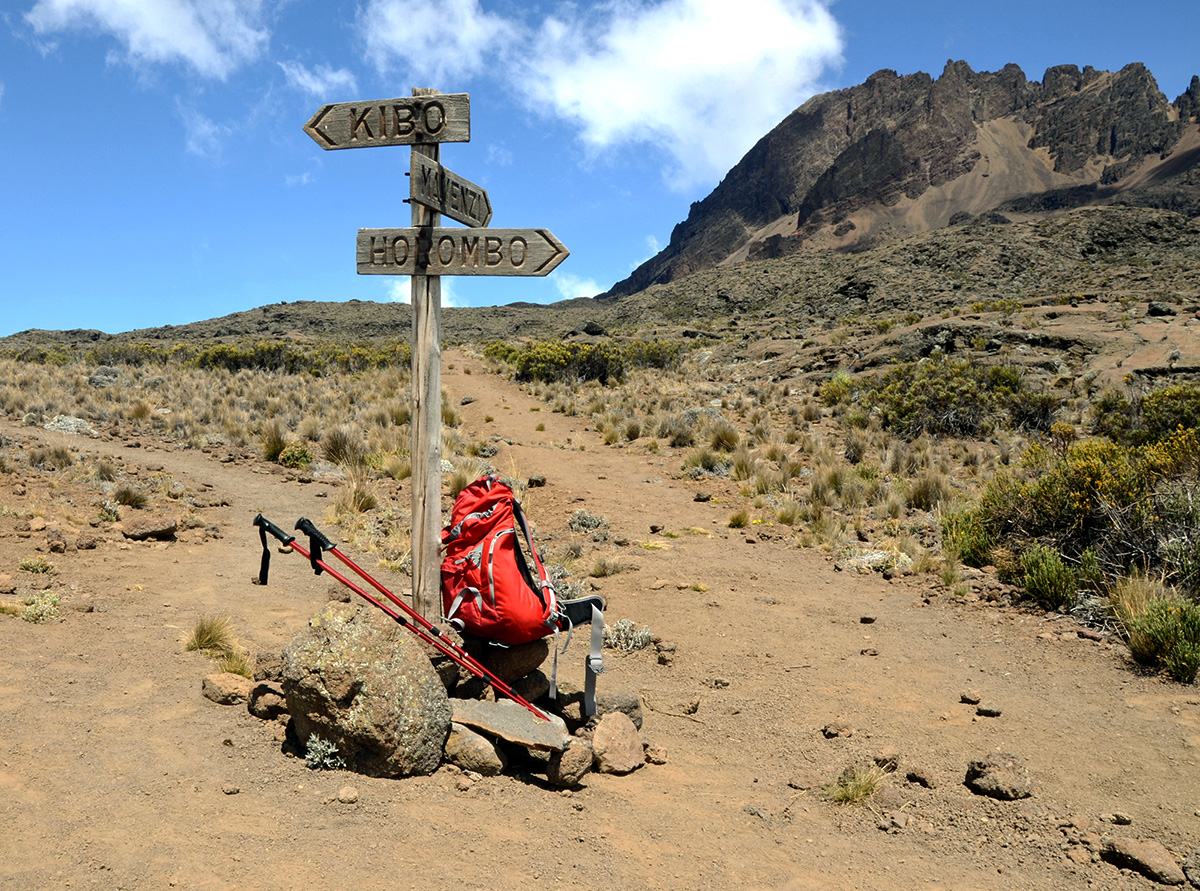
Some trekkers want to barrel up Mt. Kilimanjaro, usually for two reasons.
- They have a tight schedule, or
- They believe a shorter time on the mountain = less energy spent = greater chance of success.
This second point is dangerously untrue. Trekkers tend to overestimate their ability to acclimatize, or falsely attribute their strength or fitness to a higher likelihood of acclimatization success.
Unfortunately, there’s no way to train for altitude. It hits the young and old, the Olympians and recreational hikers alike. Your ability to acclimatize can’t be expedited or muscled through. Altitude demands time and respect.
We advise planning a trekking route that gives you plenty of acclimation time on the mountain: a route that lets you trek pole pole (“slowly, slowly” in Swahili) for eight or so days. The alternative is to trek quickly and have the freight train of altitude sickness smack you halfway up, stopping you in your tracks and possibly forcing an early descent.
Choosing the Right Season
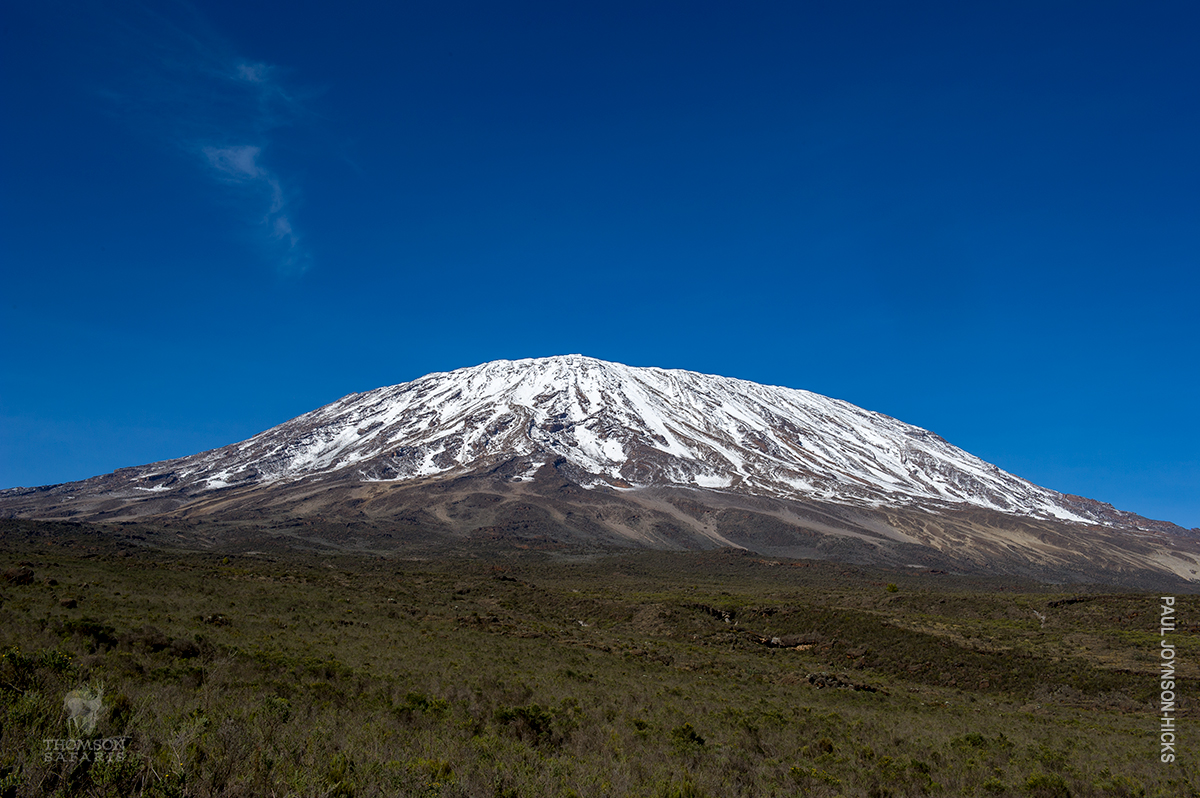
Being the tallest mountain in Africa, Kili has its own weather systems with predictable patterns. The long rains occur from April to the end of May, and the short rains run from November-December.
We advise against climbing Kili during these times. Thomson doesn’t offer treks in this window for safety reasons: the trails are wracked by mud and snow, and staying warm during these slippery, boot-squelching showers requires considerable forethought and contingency prep. Ultimately, this means you’re at an increased risk of mountainside complications, such as hypothermia.
Not to mention, all that cloud cover will obscure the stunning views you’d otherwise have from the summit!
But any other time of year–the dry seasons–are usually good to go.
Training, Training, Training
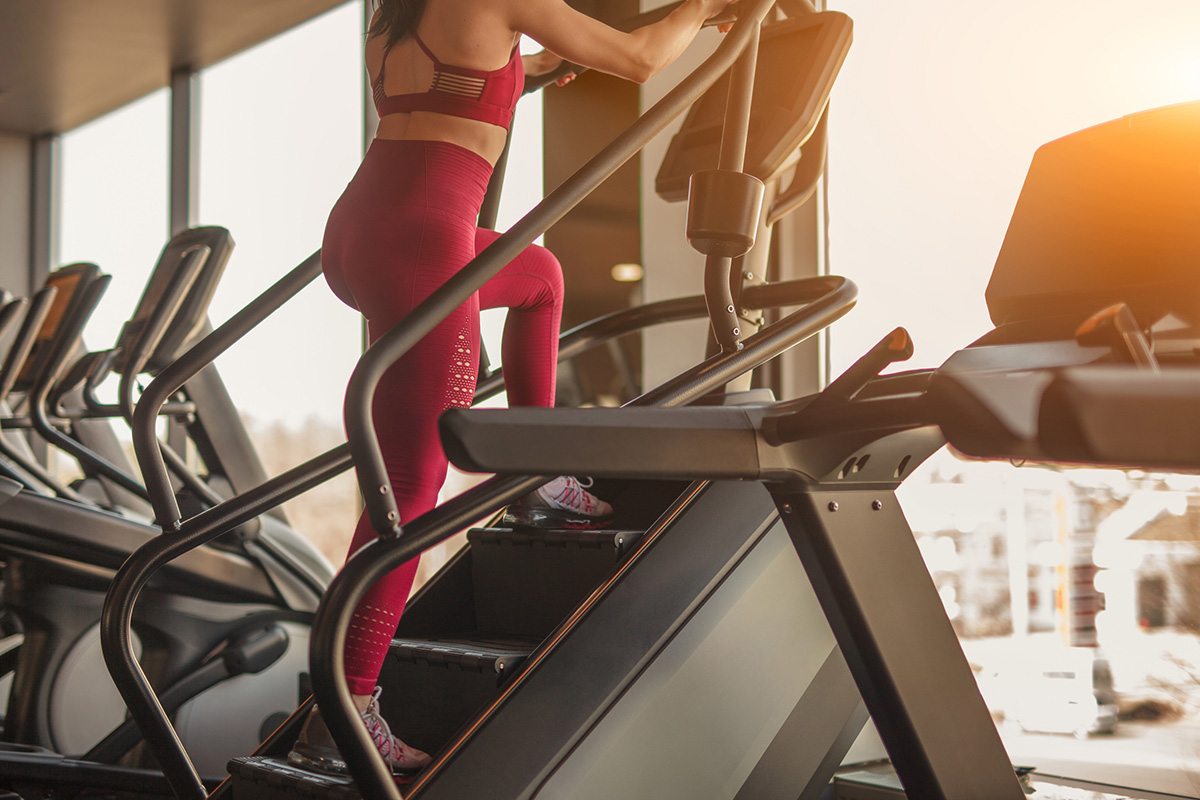
Good news: climbing Kilimanjaro doesn’t require any technical skills or special equipment. It’s widely known as the most summitable of the Seven Summits for this reason.
Bad news: you still have to train!
More good news: You don’t need to be a colossal-calved gym god or treadmill devotee. Simply being in good physical condition is usually enough to trek Kili.
We recommend beginning an aerobic and strength training program 60-90 days before your trek. Working with a personal trainer is a great way to build a program suited to your needs–plus, Thomson trekkers get a 25% discount when they sign up for Fit For Trips personal training.
Gearing Up…
Some choices can make or break your trek–your gear is one of them. Well-fitting boots, coats, hats and rain jackets are some of the essentials that can make your expedition feel (slightly more) like a walk in the national park.
Especially for your ascent to the summit, you’ll want to have plenty of warm layers: we’re talking a puffy over your insulated jacket over your base layers over your middle layers.
Here are some must-have Kilimanjaro gear recommendations from past trekkers and Thomson staff.
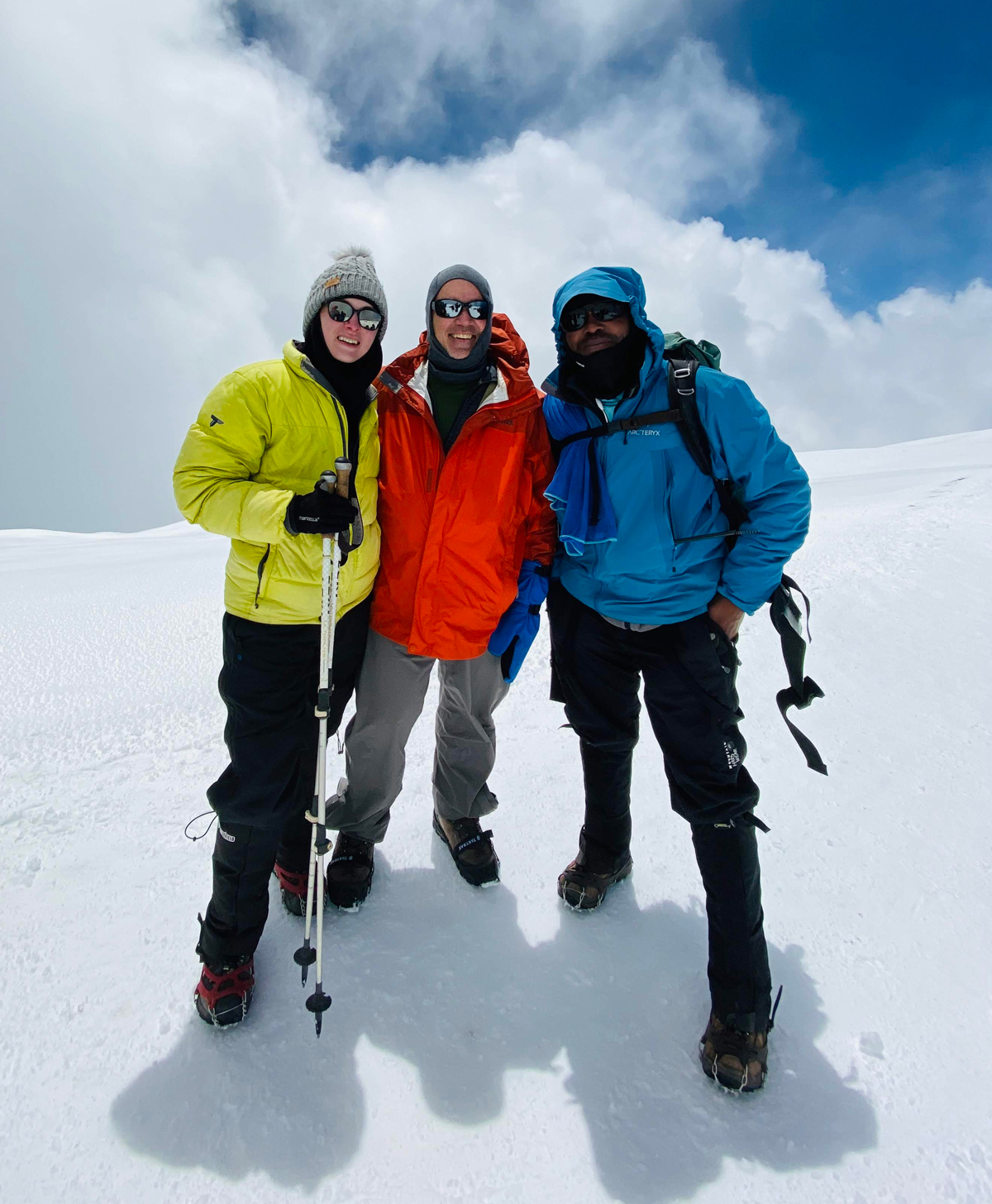
…But Not Too Much!
For the safety of the porters lugging your gear, Kili trekkers are required to adhere to a strict 33-pound duffel bag weight limit. Another way of saying this: if you wouldn’t carry it yourself, don’t bring it! Thomson’s packing list has been thoughtfully crafted to ensure you’re only taking what you need.
Choosing a Trekking Outfitter You Trust
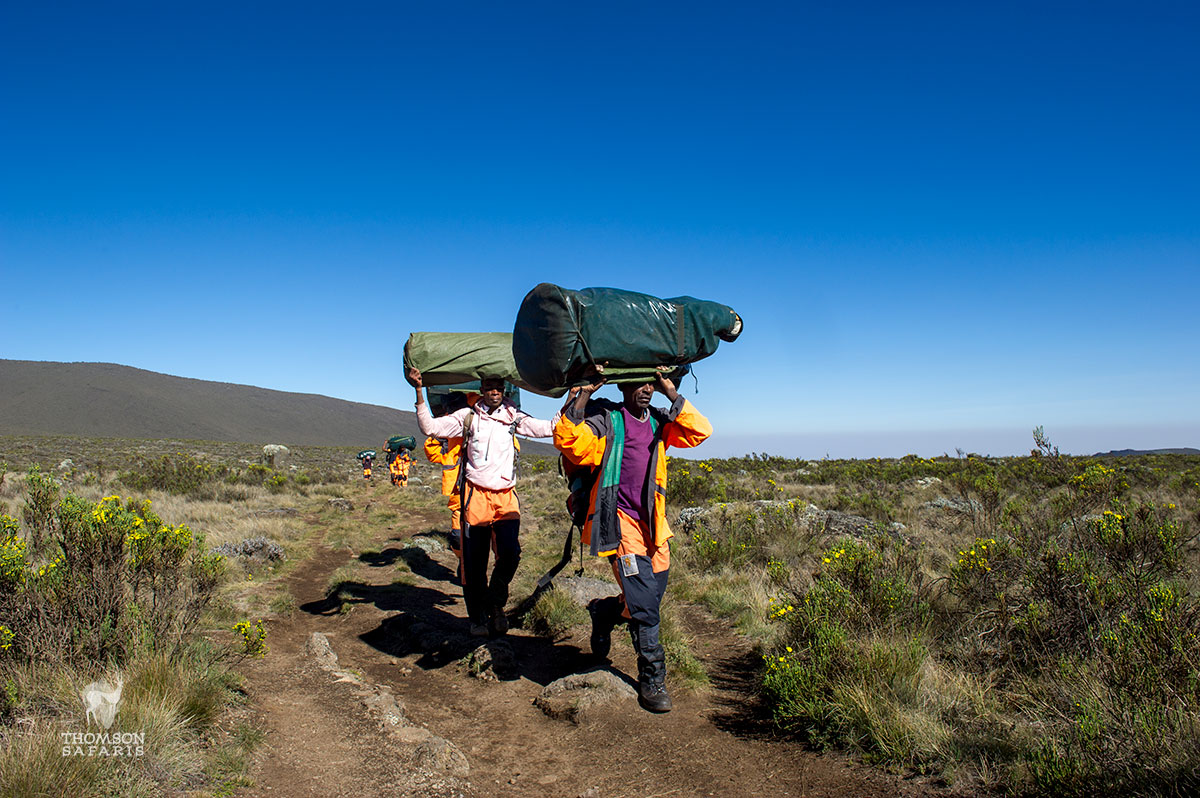
Why does the cost vary so much for operators on Kilimanjaro? It comes down to three things: quality, safety and ethics. Ethical employers ensure their guides are highly trained Wilderness First Responders, prepared to respond to any mountainside safety scenario. These employers also ensure that all porters receive exceptional compensation, high-quality gear and comfortable amenities.
Thomson is a founding member of the Kilimanjaro Porter Assistance Program (KPAP), and is well-known for fostering a culture of care and commitment with its porters. The company plays a vital role in KPAP, monitoring ethics on Kilimanjaro to improve working conditions industry wide.
Budget operators often cut costs by exploiting their workers, creating a poor environment for them and a reduced chance of summit success for you.
Treating Your Feet

New trekkers learn quickly how much of a wallop that walking packs on their feet. Blisters, sores and other injuries create red “hot spots” that can cause serious discomfort. The best way to decrease foot pain is to prevent it in the first place.
Thomson staffer Brittany knows this well: when she was training for Kili in 2022, one of her biggest challenges was learning how to care for the pummeling her feet took.
“Moleskin is a must for me, as is wearing thick, quality socks,” Brittany said before her climb. “I’m wearing my hiking boots nonstop to make sure they are well broken in for the trek.”
Anticipating the Elements
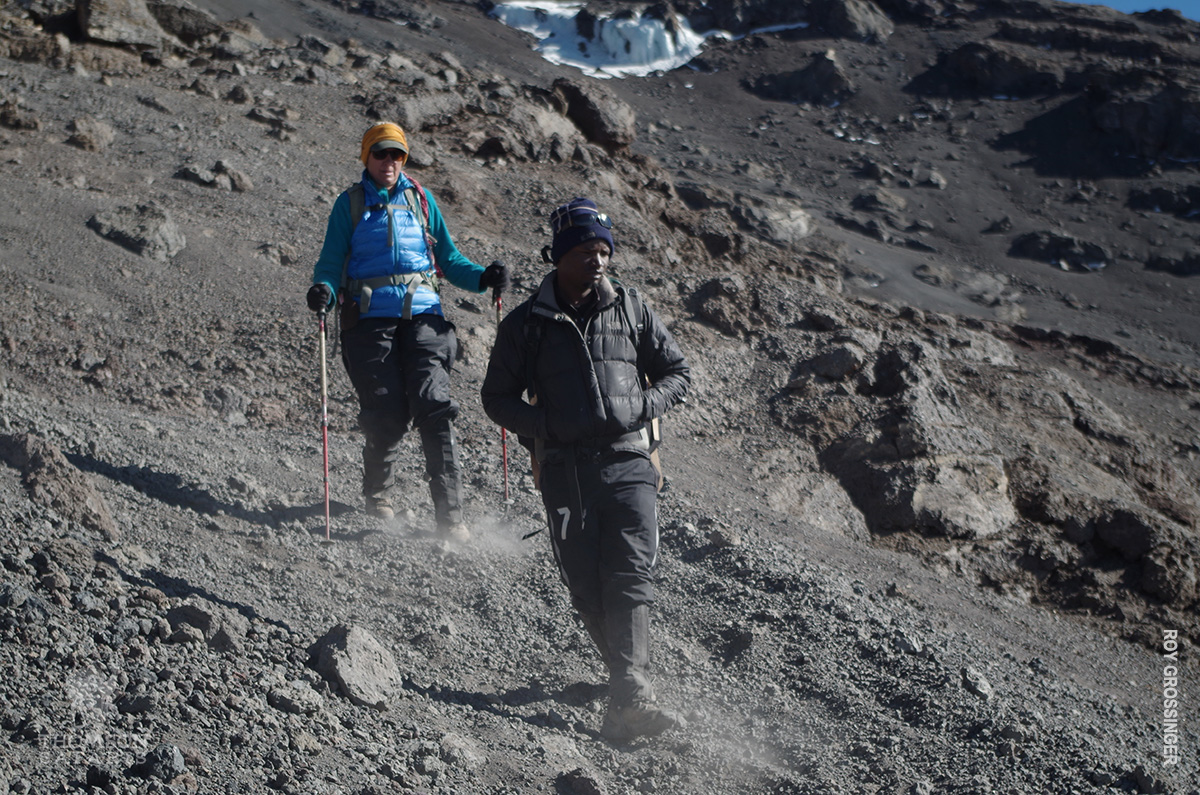
Soot, scree, gravel, dust, wind, sweat, mud, rain…raw elemental power goes by many names on Kilimanjaro. Knowing what to expect will help you gear up adequately and mitigate the energy-draining effects of the elements.
For instance, Kilimanjaro is practically smack-dab on the equator. The sun’s UV rays can be fierce. You’ll want sunscreen handy at all times, and you’ll want polarized sunglasses whenever you’re outside your tent.
Here’s more on Kili’s five climate zones.
Expecting Altitude
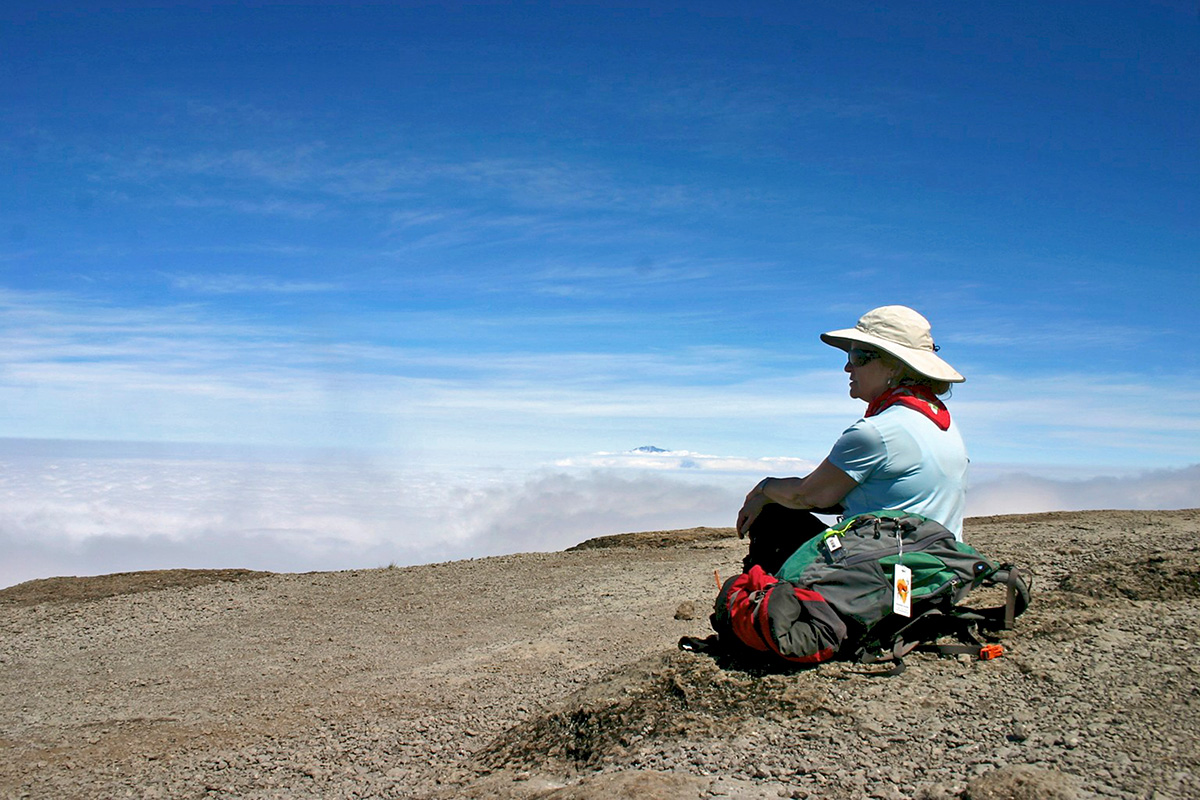
Most trekkers feel some level of altitude sickness when they climb Kili. This is normal. Thomson guides are well-trained in preparing for, accommodating and alleviating its effects.
Most trekking itineraries are designed to help you acclimate to high altitude safely. “Trek high, sleep low” is the mountaineering philosophy guiding this practice.
However, some people are predisposed to feel stronger effects of altitude sickness than others. Your guides and porters will be keeping a close eye on you to ensure your symptoms stay in check. Learn more about acclimatization here.
Remember: Success is More than the Summit
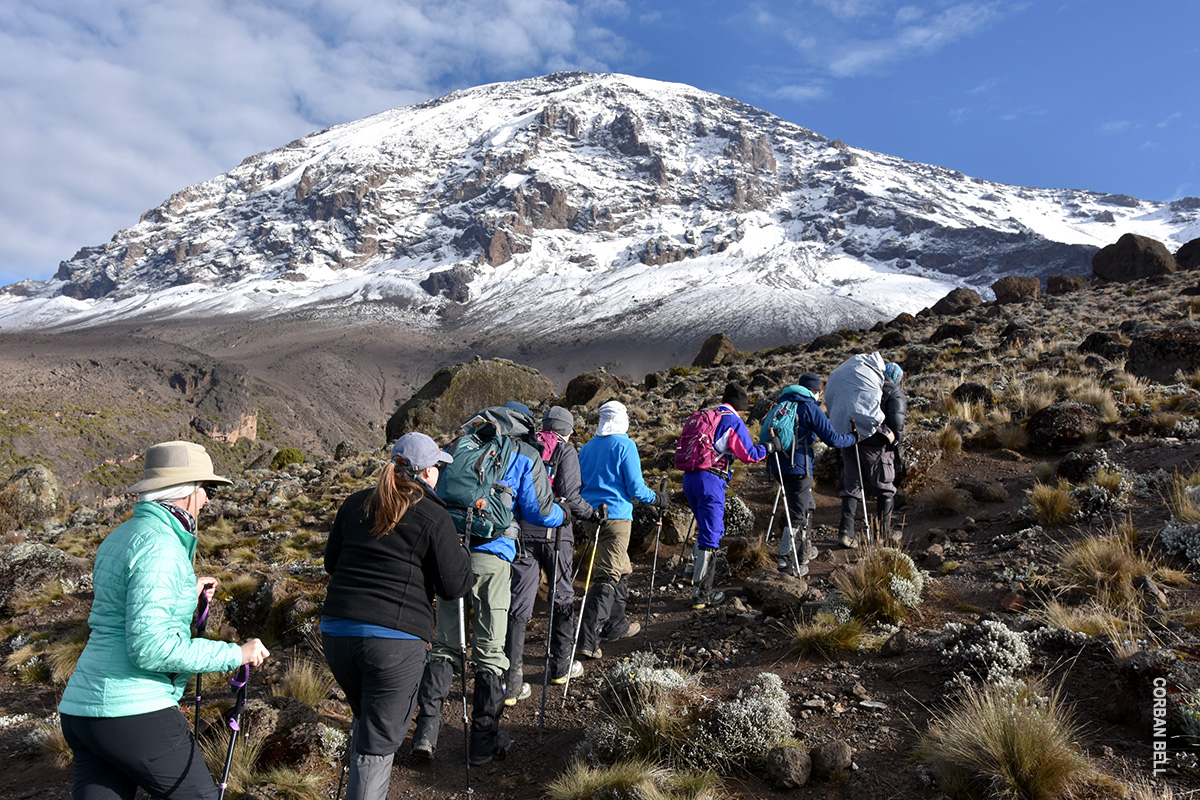
Summiting Kilimanjaro is certainly the high point of every trekker’s expedition. But it’s not the only point.
While Thomson trekkers experience a 98% summit success rate, most find a substantial pleasure in the challenges, triumphs and camaraderie of the ascent itself.
Just ask trekker David James, who descended before the summit with his daughter once she began to experience altitude sickness:
“We were bummed not to have summited, but the ascent was a marvelous experience…We were happy to have seen the mountain up close and personal with a great crew. Overall, we had a wonderful time on our expedition.”

